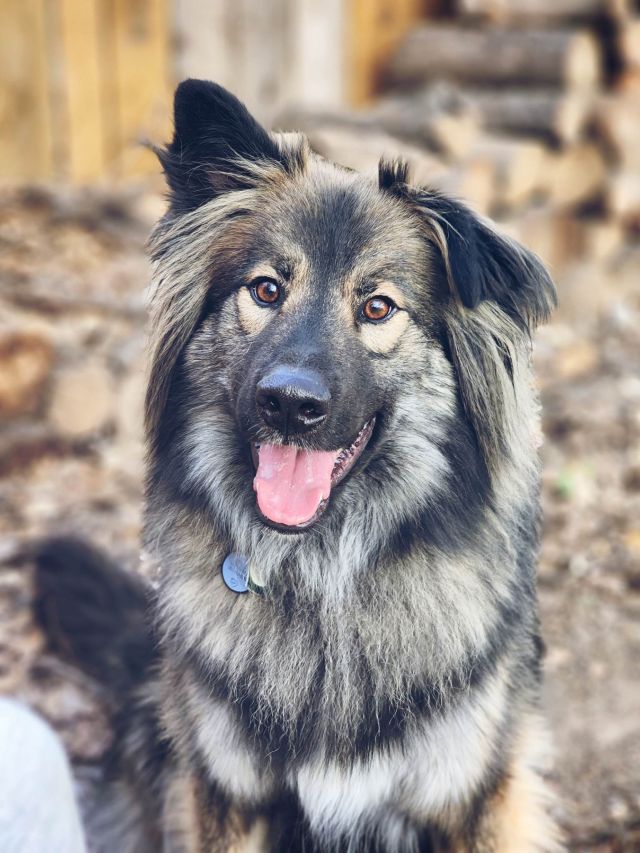August 2011 – Crate Training Your Dog
(For ease of explanation, I will be using male gender pronouns when describing “your” dog)
Teaching your dog that being in a crate is a good thing has many advantages. First, it can help with housetraining, protect your home from destructive behaviors, and provide a safe place for the dog. Crate training requires patience and the crate should be associated with all things good for your dog. Any negative association with the crate can cause the dog to dislike being in the crate and display unwanted behaviors.
Here are the basic steps to crate training your dog:
- Place a blanket in the crate and place it in a high traffic area of your home to allow your dog to investigate it. Praise him when he is around or in the crate. You can also toss treats inside for him to eat.
- Next, begin feeding your dog his meals in the crate with the door open. You might have to start with the food bowl just inside the crate and gradually move it further back into the crate for him.
- Now, you can begin to close the door while he is eating. Stay next to the crate and let him out as soon as he is done eating. Then, gradually, keep the door closed a little longer after he has eaten, until you can walk away for a few minutes and return to let him out.
- As soon as your dog is eating regularly in the crate and is relaxed about being inside, you can add the word “crate” or “kennel” to your routine right before he enters the crate. You can also begin to increase the amount of time he spends inside from 5 minutes to about 30 minutes.
- Finally, he is ready to be crated when you are away, but keep your trips away from home short, at first.
A few pointers:
- This whole process can take days up to months, so please be patient.
- Feel free to leave something to chew on in the crate with your dog, but make sure the item will not pose a choking hazard for your dog.
- Do not let your dog out of the crate if he is whining or barking. Wait for him to be quiet first. This way, he won’t think that by whining or barking, he can get you to let him out.
- When getting ready to leave your home and crate your dog, vary your routine and remain very calm, so your dog doesn’t get anxious at the “signs” of you leaving. When you return, again keep your energy calm and only give him attention when he is relaxed.
- Ideally, do not place the crate in an isolated, infrequently used area of the house.
- Never leave your dog in a crate for an extended period of time, especially puppies and older dogs that may need to go potty more often.
Remember to have fun with it! Dogs love learning new things!
Content Copyrighted 2011. Tracey Derheim. All Rights Reserved.

